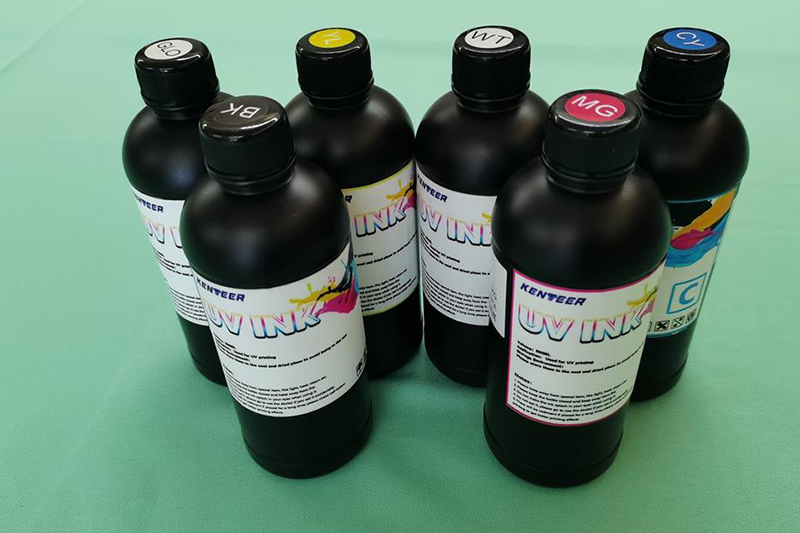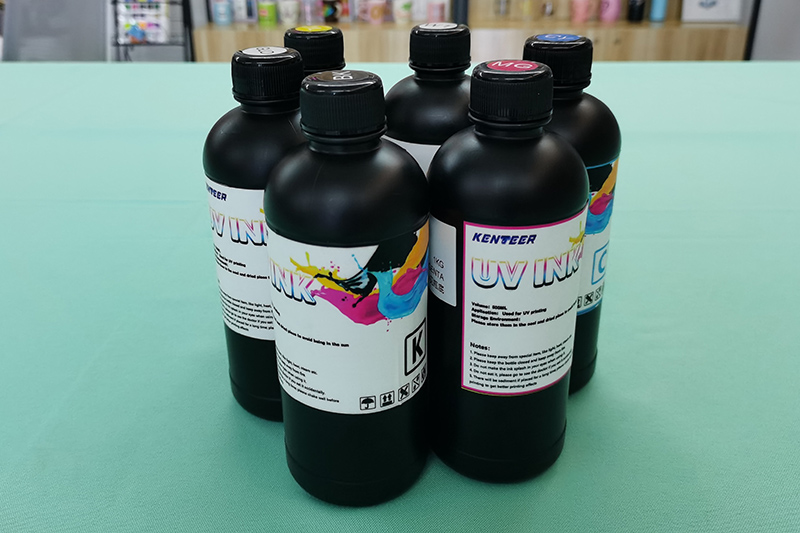In the ever-evolving landscape of printing technology, the quest for more sustainable and eco-friendly solutions has become paramount. One area that has seen significant advancements is UV ink, a key player in modern printing processes. This article explores the eco-friendly aspects of UV ink and how it contributes to green printing solutions.

1. Understanding UV Ink:
UV ink is a type of printing ink that uses ultraviolet (UV) light to cure or dry the ink quickly. This curing process happens almost instantly, leading to faster production speeds compared to traditional inks that rely on evaporation or absorption.
2. Reduced VOC Emissions:
Volatile Organic Compounds (VOCs) are chemicals that can evaporate into the air, contributing to air pollution. UV inks have lower VOC emissions compared to solvent-based inks, making them a more environmentally friendly choice. This reduction in VOCs aligns with the goal of creating greener printing solutions.
3. Energy Efficiency:
The UV curing process is highly energy-efficient. The rapid drying time achieved with UV ink reduces the overall energy consumption of the printing process. This efficiency contributes to a smaller carbon footprint, especially when compared to traditional methods that require extended drying times.
4. Lower Heat Requirements:
UV ink curing requires lower heat levels compared to some other printing processes. This lower heat requirement not only saves energy but also reduces the risk of heat-related damage to printing substrates, making UV ink a more sustainable option.
5. Minimal Waste Generation:
UV ink creates minimal waste during the printing process. The instant curing prevents ink absorption into substrates, resulting in less ink waste. Additionally, UV inks often come in containers that are easier to recycle, further minimizing environmental impact.
6. Versatility in Substrates:
UV ink adheres well to a wide range of substrates, including paper, plastic, metal, and glass. This versatility opens up opportunities for printing on various materials, allowing for more sustainable packaging solutions and reducing the need for additional materials in the production process.
7. Longer-lasting Print Heads:
UV ink's fast-curing properties contribute to longer-lasting print heads on printing equipment. This longevity reduces the frequency of equipment replacements, leading to less electronic waste and a more sustainable printing infrastructure.
8. Powder-Free Printing:
Unlike some traditional inks, UV inks are powder-free. The absence of powders reduces the risk of air pollution during the printing process, creating a cleaner and more environmentally friendly production environment.
9. Compliance with Regulations:
Many UV inks comply with stringent environmental regulations. Printers using UV ink can benefit from peace of mind, knowing that their chosen ink meets or exceeds industry standards for environmental sustainability.
10. Waterless Printing Option:
UV ink enables waterless printing, a process that eliminates the need for water in the printing press. This not only conserves water resources but also reduces the risk of water pollution associated with traditional offset printing methods.
11. UV LED Technology:
The emergence of UV LED technology further enhances the eco-friendly aspects of UV ink. UV LED curing systems use less energy, have a longer lifespan, and contain no mercury, making them a more sustainable choice.
12. Considerations for Sustainable Practices:
While UV ink offers various eco-friendly aspects, adopting sustainable printing practices involves more than just choosing the right ink. It includes responsibly sourcing materials, optimizing printing processes, and implementing efficient waste management practices to create a comprehensive green printing solution.
In conclusion, UV ink stands as a significant player in the realm of green printing solutions. Its reduced VOC emissions, energy efficiency, minimal waste generation, versatility in substrates, and compliance with regulations make it a sustainable choice for environmentally conscious printing. As technology continues to advance, the integration of UV LED curing systems and ongoing efforts toward sustainable practices will further propel the printing industry toward a greener and more eco-friendly future.
Kenteer specializes in printing solutions, and welcomes consultation and cooperation.




